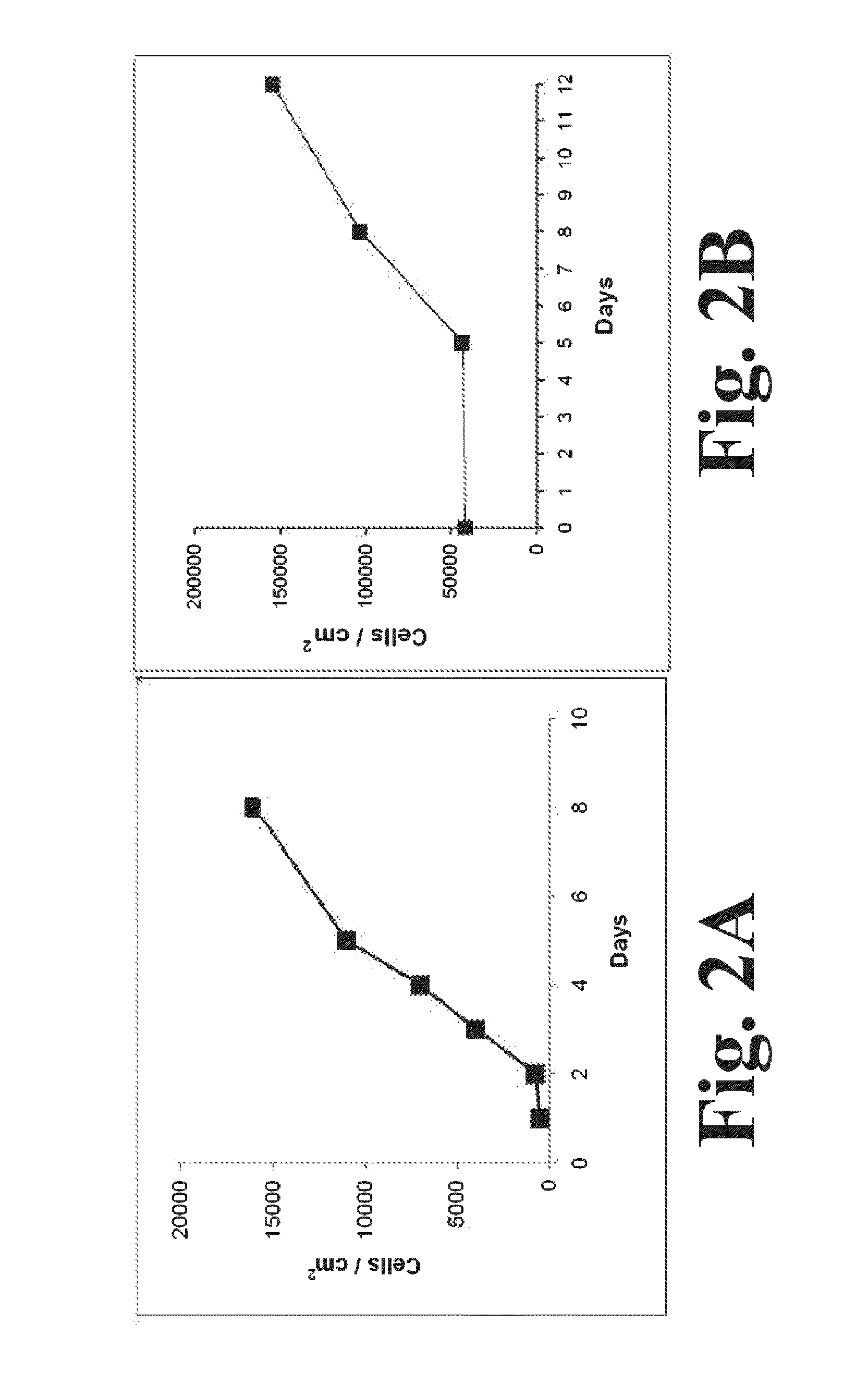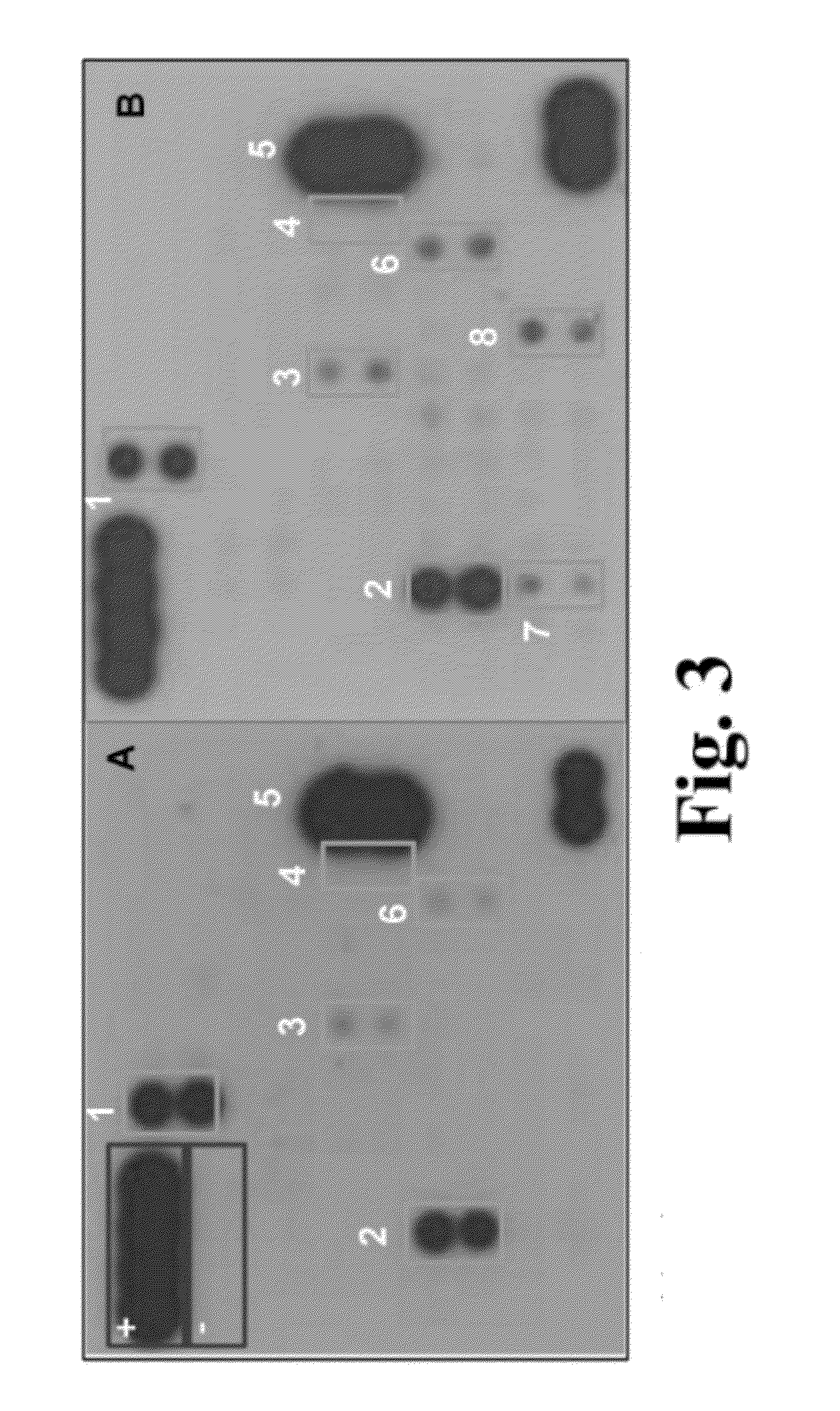Methods of producing stem cell conditioned media to treat mammalian injuries or insults
a technology of stem cell conditioned media and mammalian injuries, which is applied in the direction of artificial cell constructs, drug compositions, skeletal/connective tissue cells, etc., can solve the problems of limited clinical use patient rejection of cells, and severe limitations of the ability of embryonic stem cells to be used in the first pla
- Summary
- Abstract
- Description
- Claims
- Application Information
AI Technical Summary
Benefits of technology
Problems solved by technology
Method used
Image
Examples
Embodiment Construction
[0053]For the purposes of promoting an understanding of the principles of the disclosure, reference will now be made to the embodiments illustrated herein and specific language will be used to describe the same. It will nevertheless be understood that no limitation of the scope of the disclosure is thereby intended.
[0054]As used herein, a therapeutically effective dosage or amount of a compound is an amount sufficient to affect a positive effect on a given medical condition. The affect, if not immediately, may, over period of time, provide a noticeable or measurable effect on a patient's health and well being.
[0055]According to one aspect of the present disclosure, it has been found that when ASCs are cultured in vitro, the ASCs secrete a combination of angiogenic and antiapoptotic factors and / or additional compounds (either as single factors, or in combination with one another) in relative concentrations and combinations that have been shown to exert effective neuroprotection in a ...
PUM
| Property | Measurement | Unit |
|---|---|---|
| molecular weight fractions | aaaaa | aaaaa |
| molecular weight fractions | aaaaa | aaaaa |
| molecular weight fractions | aaaaa | aaaaa |
Abstract
Description
Claims
Application Information
 Login to View More
Login to View More - R&D
- Intellectual Property
- Life Sciences
- Materials
- Tech Scout
- Unparalleled Data Quality
- Higher Quality Content
- 60% Fewer Hallucinations
Browse by: Latest US Patents, China's latest patents, Technical Efficacy Thesaurus, Application Domain, Technology Topic, Popular Technical Reports.
© 2025 PatSnap. All rights reserved.Legal|Privacy policy|Modern Slavery Act Transparency Statement|Sitemap|About US| Contact US: help@patsnap.com



